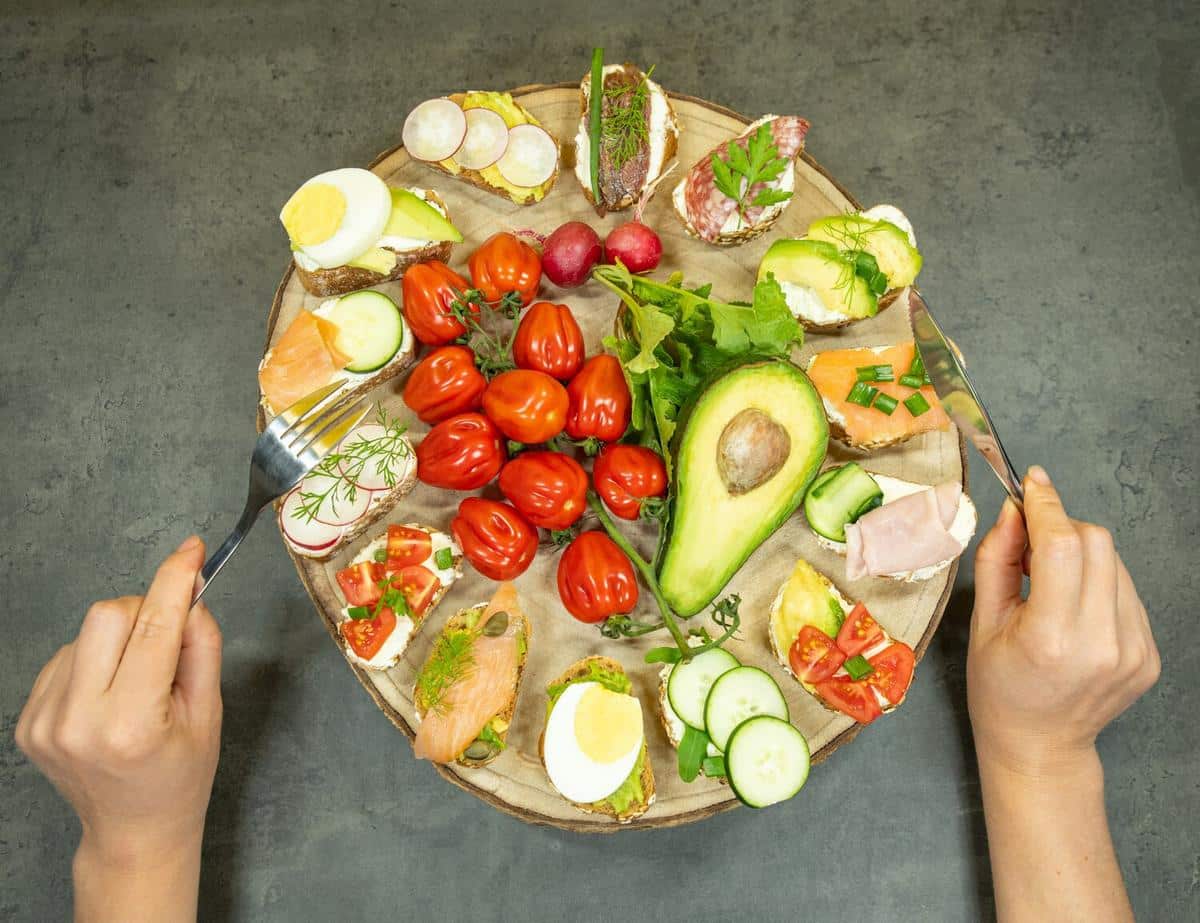
How to Build a Balanced Meal: Tips and Tricks
Crafting a balanced meal is more than just combining proteins, carbs, and fats—it’s about creating harmony on your plate that fuels your body and satisfies your palate.
Understanding Balanced Meals
A balanced meal incorporates a variety of nutrients that our bodies need to function optimally. According to nutritionist Marion Nestle, a well-rounded meal should include an appropriate mix of macronutrients and micronutrients. This means including whole grains, lean proteins, healthy fats, and a variety of fruits and vegetables.
Why Balance Matters
Research indicates that balanced meals can help maintain a steady energy level, support mental clarity, and reduce the risk of chronic diseases. A study published in the Journal of Nutrition highlights that balanced diets are associated with improved heart health and weight management.
Components of a Balanced Meal
| Component | Examples |
|---|---|
| Whole Grains | Brown rice, quinoa, oats |
| Lean Proteins | Chicken, fish, tofu |
| Healthy Fats | Avocado, nuts, olive oil |
| Vegetables | Spinach, broccoli, peppers |
| Fruits | Berries, apples, oranges |
| Dairy or Alternatives | Yogurt, almond milk |
| Herbs and Spices | Basil, turmeric, cinnamon |
| Hydration | Water, herbal tea |
Practical Tips for Building Balanced Meals
- Plan Ahead: Meal prep can save time and ensure that you have all the components for balanced meals.
- Portion Control: Use your plate as a guide: half for vegetables, a quarter for proteins, and a quarter for grains.
- Color and Variety: Aim for a colorful plate to ensure a range of nutrients.
Personal Anecdote
For instance, I once struggled with midday energy slumps. However, after adjusting my lunch to include more whole grains and healthy fats, I noticed a significant improvement in my focus and energy levels throughout the afternoon.
FAQ
What is the importance of including all food groups in a meal?
Including a variety of food groups ensures you get a comprehensive range of nutrients necessary for overall health.
Can snacks be part of a balanced diet?
Yes, healthy snacks can complement your meals and help maintain energy levels between meals.
Conclusion
Building a balanced meal is about combining the right portions of diverse food groups to support a healthy lifestyle. By planning ahead, focusing on portion control, and embracing variety, you can create meals that are both nutritious and satisfying. Start today by revisiting your meal compositions, and you’ll likely notice a positive shift in your energy and overall well-being.


